Description
Nowadays, “Power Electronics,” basically deals with conversion and control of electrical power using electronic converters based on semiconductor power switches. Historically, the evolution of power electronics has generally followed the semiconductor power device evolution. Power solid-state devices are the heart and soul of modern power electronics equipment. Therefore, the age of power solidstate electronics is often called the second electronics revolution. Development of microelectronic controllers has made revolutionary advances in power electronics.
Power electronics circuits are an integral part of all electronics equipments. Power supply is the heart of all electronic circuits. For low-power consumption units or for portable operation, a battery is often used. For example, in a power supply system for a laptop computer, DC/DC converter converts lithium battery voltage into the output voltages required by the load. AC mains supply is generally used as a primary power supply for high power circuits. In almost all cases, this power requires conversion to the appropriate DC voltage by AC to DC converters.
Besides DC to DC and AC to DC converters, typical applications of power electronics include conversion of an unregulated DC voltage to a regulated one, conversion of DC to AC, and conversion of an AC power source from one amplitude and/or frequency to another amplitude and/or frequency. DC to DC converters and DC to AC inverters provide natural interfaces with direct energy sources such as solar cells, thermoelectric generators, fuel cell uninterruptible power sources. Commercial applications of power electronics include industrial motor drives, electrical vehicle power and drive system, as communications equipment, off-line power systems for computers, robotic technology, inverter systems for renewable energy generation applications, etc. In the twentyfirst century, power electronics will have a large impact on industrial automation, energy conservation, utility systems, transportation, and environmental protection.
Power electronics includes application from ranges less than one watt (batteryoperated portable equipment) to more than a few 100 or 1,000 W in motor drives or in rectifiers and inverters that interface DC transmission lines to the AC utility power system. In view of the fact that high efficiency is essential in all power processing applications, the key element is the switching converter. A small power loss and hence high energy efficiency cannot be met by linear electronics where the semiconductor devices are operated in their active (linear) region. That is the reason that switched mode of semiconductor devices (transistors or thyristors) are used in switching converters. When a switch operates in the off state, its current is close to zero, and when it operates in the on state, its voltage drop is very small. In either state, its power dissipation is low. If the switching device is ideal, either the device voltage in on state or the device current in off state is zero so that power dissipation is also zero. Efficiency depends on switching frequency because real devices absorb some power when transition between on and off states and vice versa. Efficiency is improved by use of new switching devices, new circuit topologies, modern control techniques, and new ways of manufacture.

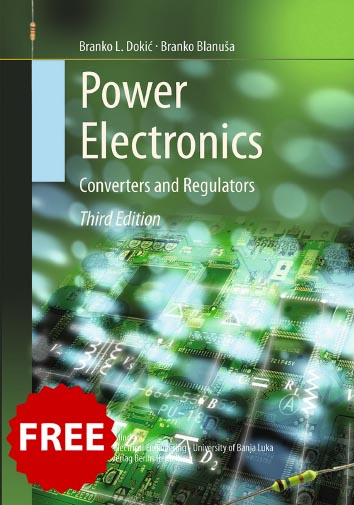
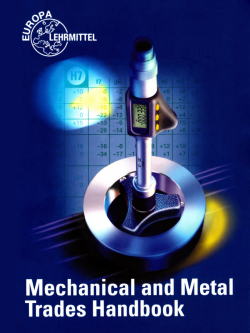
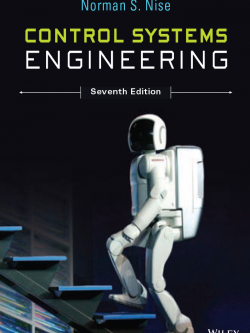
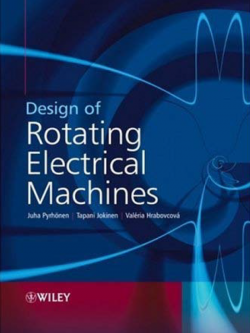
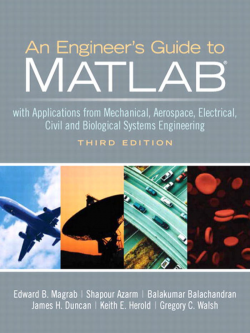
نقد و بررسیها
هیچ دیدگاهی برای این محصول نوشته نشده است.